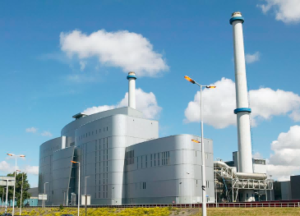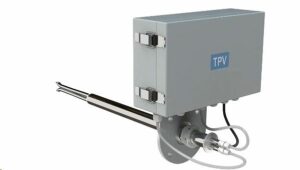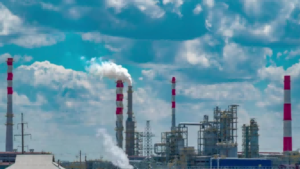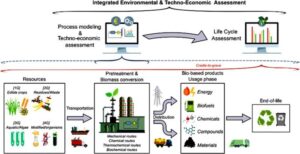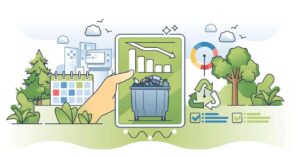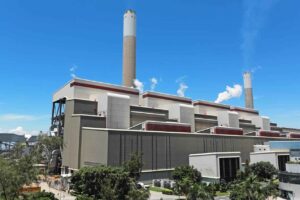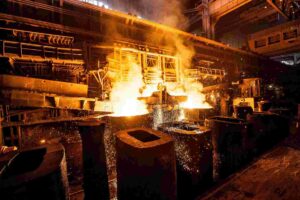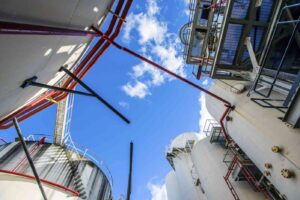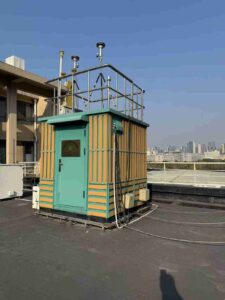Welcome to the world of gas analyzers! Navigate through this guide for a deep dive into types, applications, and leading gas analyzer manufacturers. Uncover insights to optimize your device’s accuracy and maintenance.
Understanding Gas Analyzers!
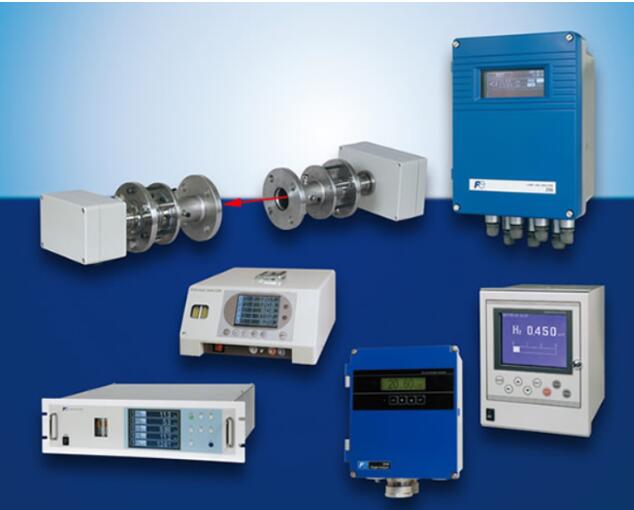
In the realm of gas analysis, you find diverse tools. Infrared, electrochemical, metal oxide semiconductor, photoionization, and flame ionization analyzers all serve crucial roles. Each uniquely identifies and quantifies various gas types.
They’re crucial in numerous fields, from environmental monitoring to oil and gas industries. Their versatility ensures reliable readings in different applications.
For instance, infrared gas analyzers excel in detecting gases such as carbon dioxide, while electrochemical analyzers are indispensable for sensing toxic gases.
Your understanding of these tools is the first step toward choosing the ideal gas analyzer manufacturer for your specific needs.
Types Of Gas Analyzers!
o Infrared (IR) Gas Analyzers
Infrared (IR) gas analyzers are trusted devices in many fields. IR analyzers measure gas concentrations using infrared technology.
Your industry might use them for environmental monitoring. The global market value for IR technology was $6.9 billion in 2020. Demand is growing, indicating widespread trust in this technology.
o Electrochemical Gas Analyzers
Electrochemical gas analyzers offer precise measurements of various gases. Such analyzers use chemical reactions to detect gas concentrations.
In health care, they’re vital for patient monitoring. The global electrochemical analyzer market is expected to grow 5.8% annually until 2026. Such growth reflects their effectiveness.
o TDLAS gas analyzer
TDLAS gas analyzers offer precision in gas detection and measurement. High selectivity and sensitivity ensure accurate results. You can rely on them for diverse applications. Their non-invasive nature ensures minimal maintenance.
In harsh environments, these robust analyzers excel. They are utilized in power plants, refineries, and chemical industries. Complex gases pose no issue for TDLAS gas analyzers. Depend on them for precise, reliable readings.
o Photoionization (PID) Gas Analyzers
Photoionization (PID) gas analyzers are reliable in detecting volatile organic compounds. PIDs use ultraviolet light to ionize gas molecules.
Their use is common in industrial hygiene. The PID sensors market is forecast to grow by 4% annually till 2025. This is a testament to their efficiency.
o Flame Ionization (FID) Gas Analyzers
Flame Ionization (FID) gas analyzers are renowned for their sensitivity. They use a flame to ionize gas samples. In the petrochemical industry, they are critical for monitoring hydrocarbons.
The flame ionization detector market is projected to grow at a CAGR of 4.7% until 2027. The numbers speak to their efficacy.
o UV-DOAS Gas Analyzer
A UV-DOAS gas analyzer uses ultraviolet differential optical absorption spectroscopy. This technology identifies and quantifies gases. Such an analyzer scans the entire UV spectrum. Different gas species absorb light at unique wavelengths.
The analyzer then identifies the gases based on their absorption characteristics. Quantification occurs by comparing measured absorption with known reference spectra.
UV-DOAS gas analyzers are renowned for precision, speed, and reliability. Industries across the globe rely on them for accurate gas analysis.
| Gas Analyzer Type | Detection Method | Typical Use Case | Market Growth Forecast | Main Advantage |
|---|---|---|---|---|
| Infrared (IR) Gas Analyzer | Infrared Technology | Environmental monitoring | Increasing demand, $6.9 billion value in 2020 | Trusted in various fields. |
| Electrochemical Gas Analyzer | Chemical reactions | Healthcare, patient monitoring | 5.8% annual growth until 2026 | Precise measurements |
| TDLAS Gas Analyzer | Tunable diode laser absorption spectroscopy | Power plants, refineries, chemical industries | Not specified | High selectivity and sensitivity |
| Photoionization (PID) Gas Analyzer | Ultraviolet light ionization | Industrial hygiene | 4% annual growth till 2025 | Efficient in detecting volatile organic compounds. |
| Flame Ionization (FID) Gas Analyzer | Flame ionization | Petrochemical industry, hydrocarbon monitoring | 4.7% CAGR until 2027 | High sensitivity |
| UV-DOAS Gas Analyzer | Ultraviolet differential optical absorption spectroscopy | Diverse industrial applications | Not specified | Precision, speed, and reliability |
Common Applications and Industries!
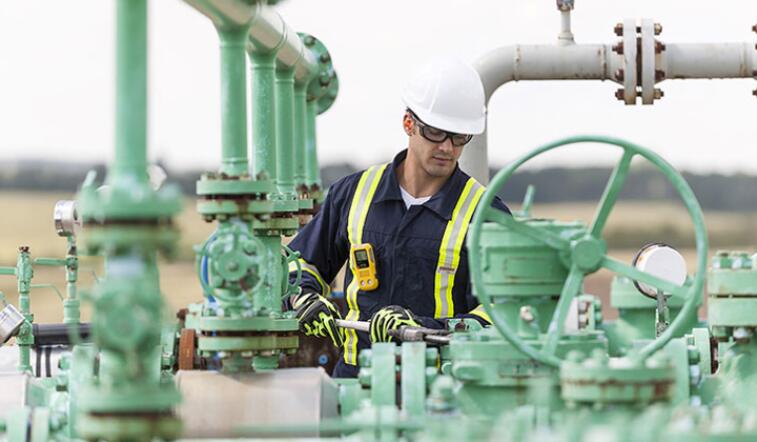
Gas analyzers play vital roles across various industries. Now, let’s delve deeper into these applications.
- Environmental Monitoring:Gas analyzers help monitor air quality. For instance, IR gas analyzers track CO2 levels to combat climate change. Data shows that global CO2 levels reached 414.0 ppm in 2020, a concern for environmentalists.
- Industrial Process Control:Precise control over gas emissions is critical in industrial settings. Electrochemical gas analyzers, for example, detect toxic gases in chemical plants. In 2018, the chemical industry accounted for 1.2 billion tons of CO2 emissions.
- Automotive Emissions Testing:Gas analyzers ensure cars adhere to emissions standards. For instance, MOS gas analyzers detect unburned hydrocarbons in the exhaust. In 2019, vehicles contributed to 28% of total U.S. greenhouse gas emissions.
- Medical And Pharmaceutical Industries:Gas analyzers ensure patient safety and product quality. IR gas analyzers, for example, monitor respiratory gases during surgeries. A study showed that the global medical gas analyzer market could reach $325 million by 2024.
- Oil And Gas Industries:Gas analyzers protect workers and equipment from harmful gases. For instance, PID gas analyzers detect volatile organic compounds on oil rigs. The oil and gas sector experienced 73 fatal injuries in 2019 due to gas exposure.
Questions To Ask Potential Manufacturers!
Q: What Is Your Experience In My Specific Industry?
A:You’ll want to understand the company’s industry experience. A seasoned manufacturer will have tackled complex situations.
They’ll possess a deep understanding of industry-specific challenges. Their history will include successful projects across various applications. Such a manufacturer can offer solutions that perfectly meet your unique requirements.
ESE GAS have installed hundreds of sets of equipment all over the world and applied them in various fields.
Q: Do You Offer Customization Or Tailored Solutions?
A:Customization is critical in gas analysis. Specific applications demand tailored solutions. A top-notch manufacturer should offer this.
They’ll consider your distinct needs, and design analyzers to cater to these demands. Customization reflects adaptability. It’s a sign of a manufacturer’s commitment to fulfilling your requirements.
Q: How Do You Handle Product Maintenance And Calibration?
A:Maintenance and calibration are key. A reliable manufacturer ensures these services. Regular calibration ensures the analyzer’s accuracy. Regular maintenance extends its lifespan.we also support local after service.
Both are vital for optimal performance. An excellent manufacturer has a robust system for these. They’ll guarantee you receive the best from your analyzer.
ESE GAS already have local service center in some countries.also we have professional after service engineer to assist remotely services.or video to teach customer how to calibrate equipement.
Q: What Is Your Lead Time For Product Delivery?
A:Normally 2-4 weeks .if special design depends on your order requst.
Delivery time is an essential aspect. Swift delivery ensures minimal downtime. A manufacturer with a fast lead time is desirable.
They’re efficient in their processes. They understand the importance of your operations. A swift delivery time proves their commitment to your satisfaction.
Troubleshooting Common Issues!
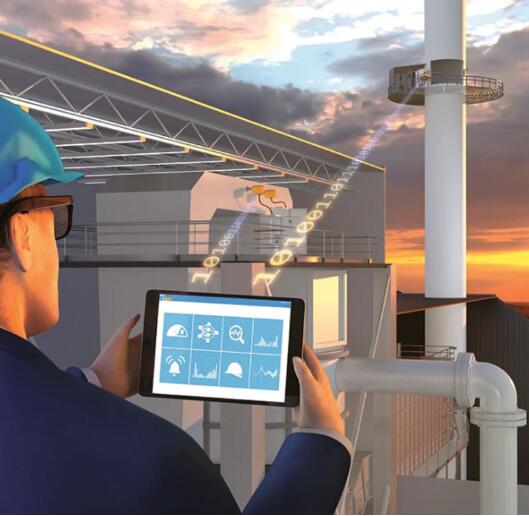
o Inaccurate Readings
Inaccurate readings plague gas analyzer users. Inaccurate results can stem from various causes like sensor degradation, contamination, or calibration issues.
Statistically, such errors can lead to a 10-20% deviation in readings, affecting critical decision-making processes. Diligent maintenance and regular calibration help ensure accurate data, reinforcing your operations’ credibility and safety.
o Slow Response Time
Slow response time can be a major hindrance. In industries such as automotive emissions testing, a mere delay of a few seconds can lead to significant inconsistencies.
Response time delays can result from worn-out components, outdated software, or poor-quality sensors. Consistent device updates and part replacements help maintain optimal response times, safeguarding the analyzer’s efficiency.
o Difficulty In Calibration
Difficulty in calibration significantly impacts the gas analyzer’s accuracy. As per industry reports, incorrect calibration can account for a discrepancy of up to 15% in readings. Reasons can range from inexperienced handling to faulty calibration gases.
Adopting the best calibration practices and using high-quality calibration gases ensure reliable results, optimizing your operations.
o Unusual Noises Or Vibrations
Unusual noises or vibrations are not to be ignored. Often indicative of internal mechanical issues, such disturbances can lead to a 5-10% error margin in analyzer readings.
Regular check-ups, proper handling, and using the equipment within its operating parameters can help prevent these disturbances, contributing to seamless workflow.
o Power Issues
Power issues can disrupt operations. Frequent power surges or interruptions can affect the analyzer’s performance, resulting in data losses or inaccurate readings.
A study reveals that power issues can lead to approximately 10% data inaccuracy. Dependable power management and a stable power supply can address such issues.
o Connectivity Problems
Connection issues can result in data loss. In today’s digital workspace, uninterrupted data transfer is paramount for efficient operations.
Any hiccup in connectivity can hinder data transfer, causing valuable information loss. Adopting advanced connectivity solutions and consistent network upkeep can resolve such issues.
o Software Glitches
Software glitches can significantly impact the analyzer’s performance. Outdated software or system incompatibilities can lead to inaccurate readings, slow response times, and data losses.
Regular software updates and compatibility checks can help prevent these issues, enhancing the analyzer’s performance and longevity.
Conclusion
In closing, selecting the right gas analyzer manufacturer is a crucial decision. Among the options, ESEGas emerges as a trusted choice for its commitment to precision, innovation, and industry excellence. Visit ESEGas to explore their comprehensive range of high-quality gas analysis solutions tailored to your needs.
Welcome to Contact Us!
If you have any questions, please contact us by clicking the button below.








